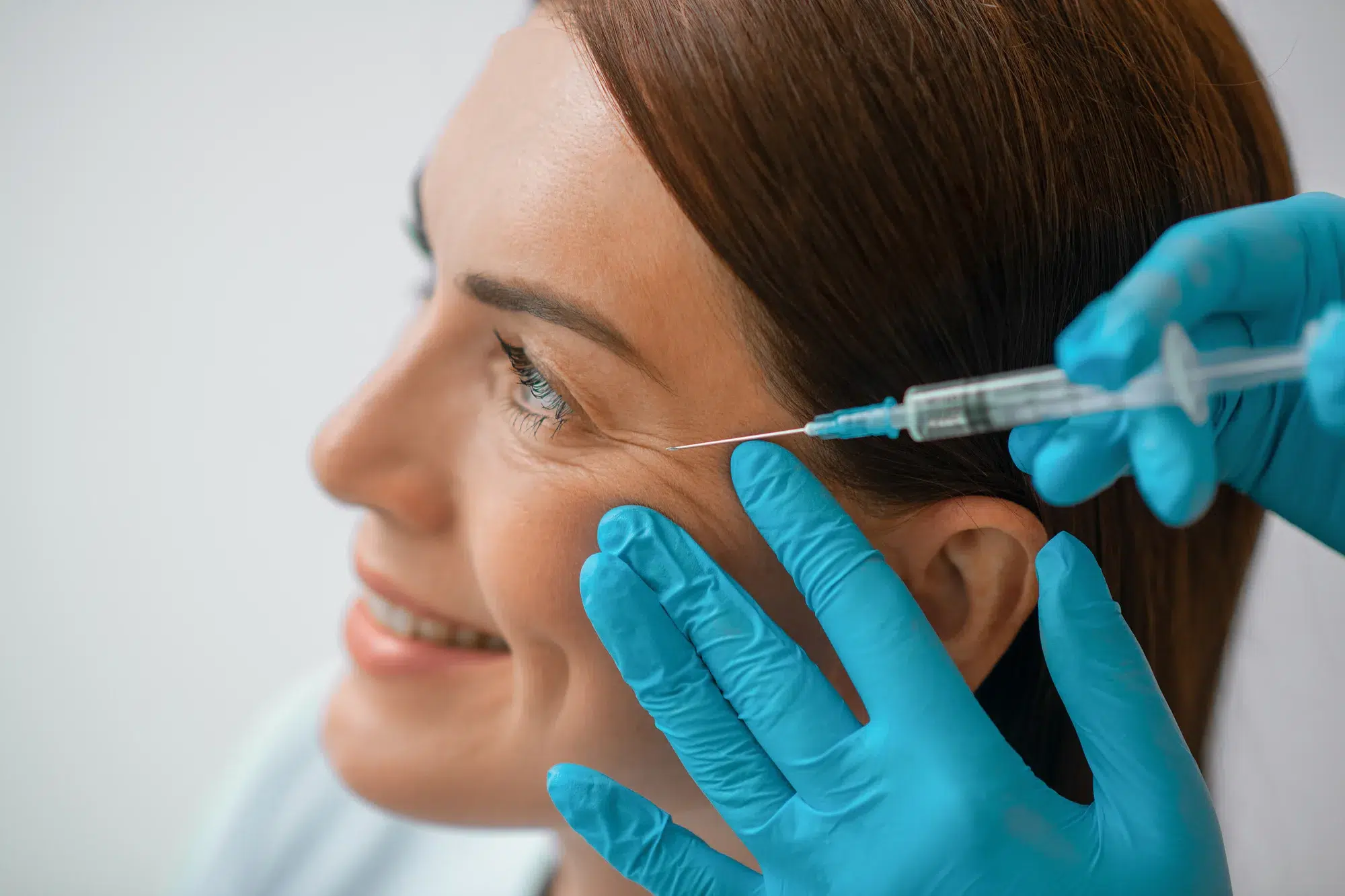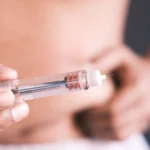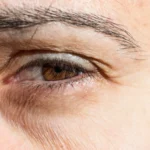
If you’re a medical spa owner performing BOTOX® treatments, you may wonder how to market them.
You might be thinking about investing in a BOTOX® advertising campaign with patient testimonials and discount offers. But going down this path can attract the attention of not only clients who want to get BOTOX® but also regulators, which can get you in trouble.
Does this mean you can’t market your services at all? No. It just means you need to be careful when advertising BOTOX® on social media.
Let’s discuss everything you need to know about advertising for BOTOX® in this article.
Key Takeaways
- Directly advertising BOTOX® is illegal due to its status as a prescription-only medicine (POM).
- Medical spas and practitioners cannot use hashtags or brand names related to BOTOX® in any marketing materials.
- Indirect references like “anti-wrinkle injections” are also considered advertisements for POMs.
- Advertising BOTOX® on social media or using paid ads is prohibited.
- Promoting other non-POM treatments like facials and chemical peels can attract clients to your clinic.
Can You Advertise That You Do BOTOX®?
No. According to the Advertising Standards Authority (ASA) and the Committees of Advertising Practice (CAP), it is illegal to advertise BOTOX® and other toxins like DYSPORT®, AZZALURE®, and BOCOUTURE® to the public because they are a prescription-only medicines (POM).
Aside from that, it is also prohibited for medical doctors, spa owners, and registered practitioners to advertise BOTOX® to the public because this may cause people to use a POM when it isn’t indicated for them, according to the Human Medicines Regulations 2012.
Considering This Product?
Explore Options With Our Sales Team. SCHEDULE A MEETING
What BOTOX® Providers Can’t Do
Practitioners providing BOTOX® treatment services are required by law to avoid making:
- Direct visual and written references to BOTOX® and other POMs. This includes hashtags like #botox, #botoxparty, or #botoxtreatment and all types of promotional marketing material.
- Indirect references to POMs for promotion purposes. For example, be aware that the ASA considers a reference to “anti-wrinkle injections” alongside a price that relates to a POM as an advertisement for that POM.
- Advertisements that make it seem as if they use POMs to treat them. For example, BOTOX® is used to treat strabismus. This means an ad with a reference to this treatment could indicate the use of BOTOX® and will, therefore, be illegal.
You are also prohibited from the following:
- Using POM logos or brand names in any of your advertising
- Referring to any BOTOX®-type product and other POMs on your homepage
- Advertising about BOTOX® on any social media platform
- Using paid-for advertisements (e.g., Google Ads, Facebook Ads, Instagram Ads, leaflets, etc.) to create awareness of your BOTOX® services
- Making use of non-paid-for marketing posts (e.g., blog articles, social media posts, etc.) to push your BOTOX® services
- Using influencer marketing (e.g., celebrity promotions, health professional promotions, etc.) to promote BOTOX®-like and any other POM products
- Using client testimonials in ads for BOTOX®
- Claiming that other medications can produce similar results to BOTOX®, either through images or written material
- Not specifying who is performing a medical treatment and mentioning their qualifications. For example, if a medical spa owned by a nurse contracts with a physician for BOTOX® administration, the spa has to note that the physician provides that service, not the spa
- Hiding your prices or claiming about the effectiveness of your services on your price-lists
- Comparing yourself to competitors to make it seem like you’re the better choice
How to Promote Your BOTOX® Business?
If you can’t mention that you provide BOTOX® services in any type of paid and non-paid advertisement, how can you promote your BOTOX® business? Here are seven ways to do that:
1. Educate Your Audience About Anti-aging
You should create content that educates prospects about the benefits of anti-aging treatments that your clinic performs, such as dermal fillers, facelifts, hydra facials, and chemical peels.
This can include blog posts, videos on Instagram, TikTok, and Facebook, and social media posts discussing general skincare, facelift techniques, the importance of professional aesthetic treatments, and the science behind reducing wrinkles.
For example, you could write a blog post comparing brands—such as RESTYLANE versus BOTOX®—to educate your readers and attract clients interested in aesthetic treatments like BOTOX®.
2. Use Testimonials the Right Way
If you have patients who are over the moon about a non-POM treatment (that isn’t BOTOX® but yields similar anti-aging results), you can ask them for a testimonial that you can use for marketing purposes.
This testimonial must not be hyperbolic—“XYZ Clinic does the best chemical peels in town!” Instead, make sure it addresses only the customer’s experience with your practice and once you have it in hand, share it along before-and-after photos on social media platforms.

3. Promote Non-POM Treatments
To make sure people know about your clinic, you should focus on services you offer that don’t fall under the same stringent advertising restrictions as BOTOX®. This includes dermal fillers, facials, chemical peels, and laser treatments.
These will attract clients to your clinic, where you can then discuss BOTOX® as an option during consultations.
4. Provide Free Consultations
While you can’t promote BOTOX® services online or on your website, you can offer free consultations on your website and at the end of non-POM video adverts on Instagram, TikTok, and Facebook.
Once a patient comes in for a free consultation, you could discuss BOTOX® as an anti-aging option with them.
5. Bundle Non-POM Treatments With POMs
If your clinic specializes in both non-POM and POM treatments, you can bundle services like BOTOX® and dermal fillers to improve awareness, increase interest, and navigate around BOTOX® advertising rules.
Just make sure to create bundles that seem like a steal to your customers, such as pairing up two services that are expensive when purchased alone, and avoid making references to POMs in any way, shape, or form in your marketing.
For example, you could combine an anti-aging facial with a BOTOX® injection at the end of the procedure for tightening the skin.
6. Use Google Ads
You can’t use Google Ads to directly advertise BOTOX® treatments. However, you can use them to advertise other aesthetic and skin care services that do not involve prescription-only medicines, such as facials, chemical peels, laser treatments, and general skincare advice.
You can also create ads that link to educational content about skincare, anti-aging techniques, the role of facial anatomy in treatment results, and the benefits of professional aesthetic treatments. This can attract potential clients who are interested in learning more about cosmetic procedures.
7. Host Educational Events and Workshops
Organize events or workshops at your clinic where you provide information about various aesthetic treatments. These can be in-person or virtual seminars where you discuss anti-aging treatments, skincare routines, and other services you offer.
For example, you can invite your expert physicians for a question-and-answer session about non-POM treatments vs. BOTOX®. This will give prospects a chance to learn more about their options and the expertise available at your clinic.
Deliver Exceptional Care to Your Clients With Medica Depot
If you provide medical aesthetic services like BOTOX® treatments, your practice is under a great deal of scrutiny. This means you should be extra cautious when creating marketing campaigns.
However, you won’t need to create BOTOX® advertising campaigns if you take strategic steps like publishing educational content and promoting non-POM treatments. These will help you build trust and position your clinic as a leader in the industry.
Once you achieve that position in the market, it’s important to follow up on your claims of excellence by using high-quality and safe products. That’s where Medica Depot comes in. By providing high-quality BOTOX® wholesale and streamlining the purchase process, we help you ensure the safety and efficacy of your treatments.
Reach out to our sales team for more information on how we can support your clinic’s needs and help you deliver exceptional care to your clients.
References
- Practice ASA | C of A. Enforcement Notice: Advertising Botox and other botulinum toxin injections on social media. https://www.asa.org.uk/resource/enforcement-notice-botox-social-media.html
- The Human Medicines Regulations. The Human Medicines Regulations 2012. Legislation.gov.uk. Published 2012. https://www.legislation.gov.uk/uksi/2012/1916/contents/made
Clinical aesthetics products refer to a category of products used in the field of medical aesthetics or cosmetic dermatology. These products are typically designed and formulated to be used under the supervision of healthcare professionals, such as dermatologists, plastic surgeons, or trained aestheticians. They are distinct from over-the-counter cosmetics in that they often contain active ingredients or formulations that require expertise in their application or administration.
Examples of clinical aesthetics products include:
-
Dermal Fillers: Injectable substances used to add volume, smooth wrinkles, and enhance facial contours. Examples include hyaluronic acid fillers like Juvederm and Restylane.
-
Botulinum Toxin (Botox): Injectables that temporarily paralyze facial muscles to reduce the appearance of wrinkles caused by repetitive movements, such as frown lines and crow's feet.
-
Chemical Peels: Solutions applied to the skin to exfoliate and improve its texture. They can treat acne, pigmentation issues, and signs of aging.
-
Laser and Light Therapies: Devices that emit focused light or laser energy to treat various skin conditions, including acne, scars, and signs of aging.
-
Prescription Skincare Products: Formulations containing active ingredients like retinoids (vitamin A derivatives), hydroquinone, or prescription-strength antioxidants to address specific skin concerns under medical supervision.






